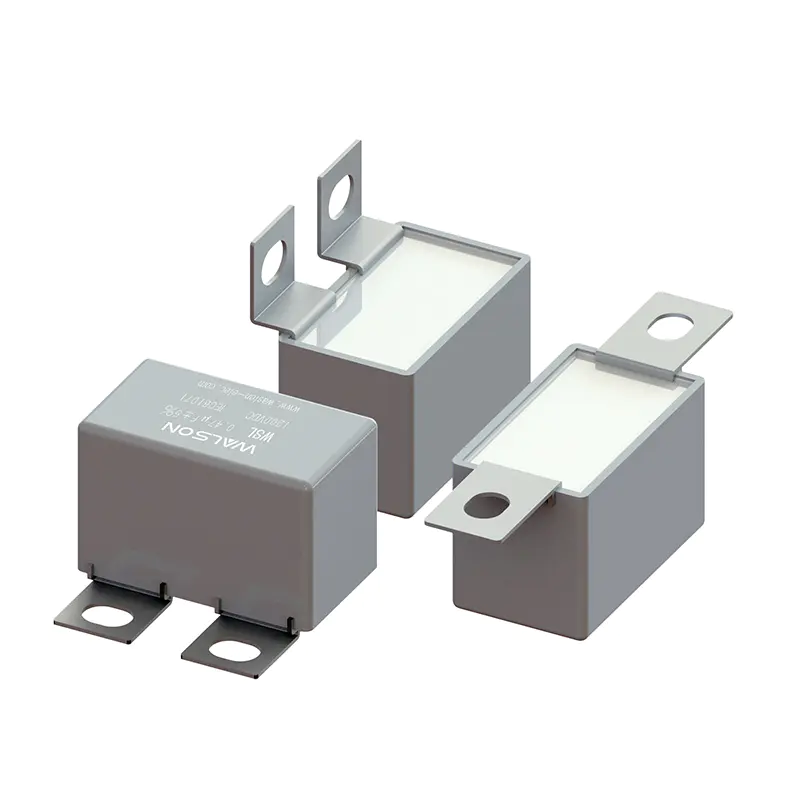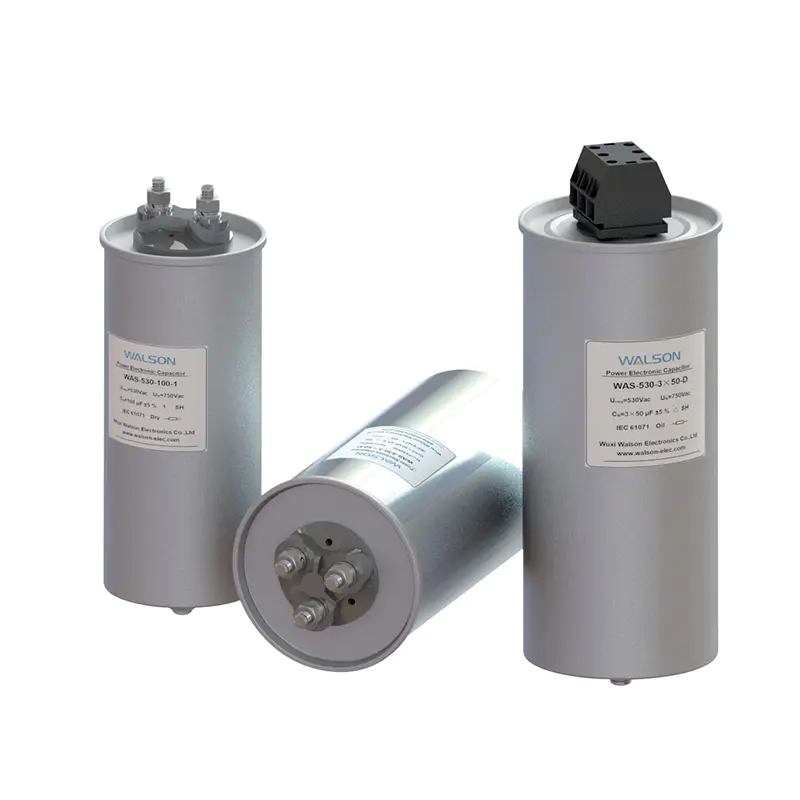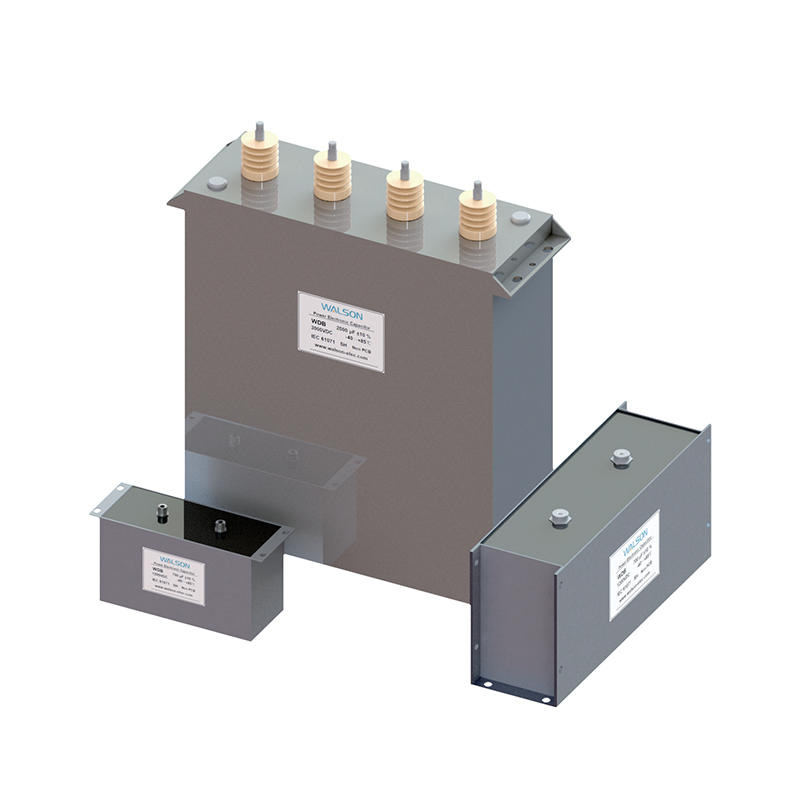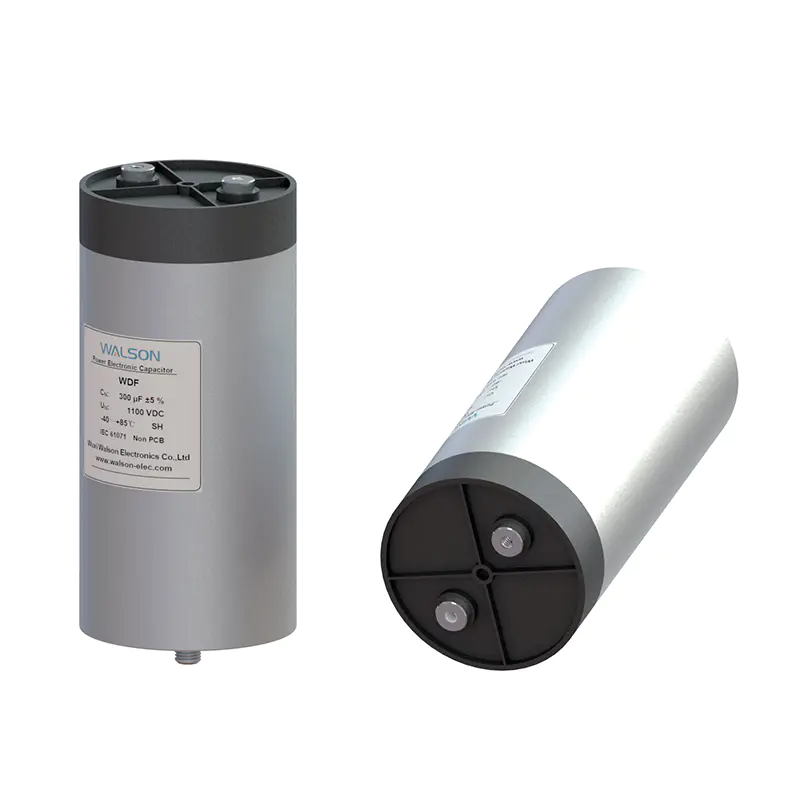- Home
- Products
- Applications
- Capacitors for Household Appliances
- Capacitors for Power Supply
- Capacitors for LED Lighting
- Capacitors for Mobile And DSL Appliances
- Capacitors for Automotive& Vehicles
- Capacitors for Photovoltaic Inverters
- Capacitors for Wind Power Plants
- Capacitors for Renewable Energy Systems
- Capacitors for Induction Heating
- Capacitors for Medical Equipments
- Capacitors for Industrial Control
- Capacitors for Power Electric
- Capacitors for Rail Transit
- Capacitors for Smart Grid
- Capacitors for University & Research Instituite (High Energy Physics)
- About Us
- News
- Contact Us
-
- Capacitors for Household Appliances
- Capacitors for Power Supply
- Capacitors for LED Lighting
- Capacitors for Mobile And DSL Appliances
- Capacitors for Automotive& Vehicles
- Capacitors for Photovoltaic Inverters
- Capacitors for Wind Power Plants
- Capacitors for Renewable Energy Systems
- Capacitors for Induction Heating
- Capacitors for Medical Equipments
- Capacitors for Industrial Control
- Capacitors for Power Electric
- Capacitors for Rail Transit
- Capacitors for Smart Grid
- Capacitors for University & Research Instituite (High Energy Physics)
Web Menu
- Home
- Products
- Applications
- Capacitors for Household Appliances
- Capacitors for Power Supply
- Capacitors for LED Lighting
- Capacitors for Mobile And DSL Appliances
- Capacitors for Automotive& Vehicles
- Capacitors for Photovoltaic Inverters
- Capacitors for Wind Power Plants
- Capacitors for Renewable Energy Systems
- Capacitors for Induction Heating
- Capacitors for Medical Equipments
- Capacitors for Industrial Control
- Capacitors for Power Electric
- Capacitors for Rail Transit
- Capacitors for Smart Grid
- Capacitors for University & Research Instituite (High Energy Physics)
- About Us
- News
- Contact Us
Product Search
Exit Menu
How Self-Healing Technology Enhances the Reliability of Plastic Film Capacitors?
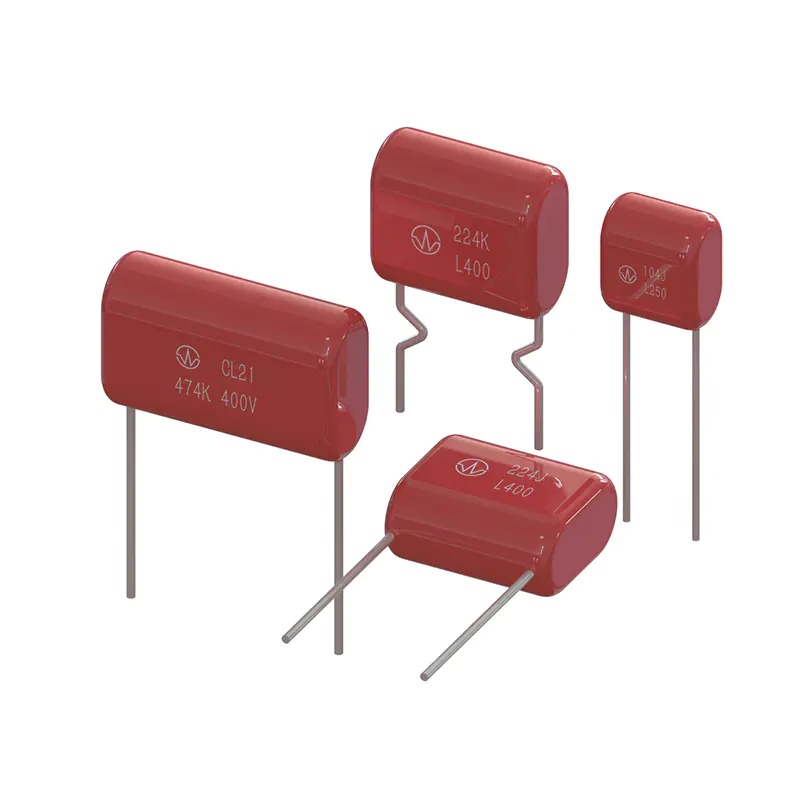
How Self-Healing Technology Enhances the Reliability of Plastic Film Capacitors?
Introduction
In the evolving landscape of electronic components, the plastic film capacitor stands out as a key element ensuring circuit stability and energy efficiency. Its performance, especially in high-voltage and power electronic systems, depends largely on a unique characteristic—self-healing capability. This feature has become a defining factor for the reliability and longevity of modern film capacitors.
What is a Plastic Film Capacitor?
A plastic film capacitor is a type of non-polar capacitor that uses thin plastic films, such as polypropylene or polyester, as the dielectric medium. These films are often metallized to create electrodes, resulting in a structure that balances compactness, stability, and high insulation resistance.
Unlike electrolytic capacitors, film capacitors provide low ESR, minimal energy loss, and frequency characteristics. Among various designs, the metallized film capacitor is particularly significant for its ability to self-repair dielectric faults, a process known as self-healing.
The Principle of Self-Healing
Self-healing refers to the capacitor’s ability to recover from localized dielectric breakdowns without compromising overall function. When an electrical fault occurs within the metallized layer, the affected area vaporizes instantly due to localized heat. This isolates the defect, restoring insulation and preventing further short circuits.
The process occurs within microseconds, ensuring the capacitor continues to operate safely. This mechanism allows plastic film capacitors to maintain stable performance even under high electrical stress, high ripple currents, or transient surges.
Why Self-Healing Matters
In modern electronic systems, continuous operation and safety are non-negotiable. Self-healing technology directly addresses these demands by:
Enhancing Operational Lifespan – Each self-healing event eliminates localized defects, preventing cascading failures.
Improving Circuit Safety – Fault isolation reduces the risk of catastrophic failure and electrical shorting.
Maintaining Capacitance Stability – The total capacitance remains consistent even after multiple self-healing events.
Supporting High Voltage Endurance – The technology ensures film capacitors withstand prolonged high-voltage operation without degradation.
These benefits make self-healing indispensable in power electronic capacitors used for DC link circuits, inverter systems, and renewable energy converters.
Material Selection and Its Impact
The effectiveness of self-healing depends on both dielectric material and metallization quality. Polypropylene film capacitors, known for low dielectric loss and high temperature stability, are the preferred choice in demanding environments. Polyester films, though offering higher volumetric efficiency, have slightly lower self-healing robustness.
| Dielectric Material | Key Properties | Typical Applications | Self-Healing Performance |
|---|---|---|---|
| Polypropylene (PP) | Low ESR, high voltage endurance, thermal stability | Power electronics, DC link circuits | Excellent |
| Polyester (PET) | High capacitance density, compact size | Consumer electronics, lighting systems | Moderate |
| Polyphenylene Sulfide (PPS) | High temperature tolerance | Automotive electronics | Good |
This comparison highlights how dielectric selection aligns with the capacitor’s intended function and self-healing reliability.
Performance Advantages in Power Electronics
In power conversion systems, the need for high reliability and low energy loss makes the plastic film capacitor a preferred component. Its self-healing nature ensures continued function during transient overloads or voltage spikes, safeguarding sensitive circuits.
In DC link applications, maintaining energy balance between input and output stages is crucial. Here, metallized polypropylene film capacitors exhibit exceptional voltage endurance and low ESR, enhancing energy transfer efficiency and reducing heat accumulation.
Additionally, in AC film capacitor applications, self-healing minimizes downtime by preventing system-level failures. The capacitor can operate effectively in conditions where electrolytic types would degrade faster.
Temperature Stability and Electrical Stress
Temperature variation is one of the primary stress factors in capacitor performance. A self-healing film capacitor not only withstands high thermal cycles but also maintains stable capacitance and insulation resistance across wide temperature ranges.
The table below illustrates the correlation between temperature and performance characteristics:
| Operating Temperature Range (°C) | Capacitance Variation | Self-Healing Effectiveness | Recommended Material |
|---|---|---|---|
| -40 to +85 | Minimal | Excellent | Polypropylene |
| -25 to +105 | Slight | Good | Polyester |
| -55 to +125 | Low | Very Good | PPS |
This thermal resilience makes plastic film capacitors particularly suited for industrial control, automotive power modules, and renewable energy systems where fluctuating environmental conditions are common.
Comparison with Other Capacitor Technologies
While ceramic and electrolytic capacitors have their respective advantages, they lack the inherent self-healing capability of metallized film capacitors. Electrolytics, for example, can fail catastrophically under overvoltage, whereas film capacitors isolate the fault and continue operation.
In addition, the low ESR and high ripple current handling of plastic film capacitors offer performance in high-frequency circuits and pulse applications. The result is enhanced energy efficiency, reduced thermal stress, and improved reliability throughout the system’s operational life.
Role in Renewable Energy and Inverter Systems
The rapid development of renewable energy technologies has increased the demand for capacitors that balance durability and efficiency. Plastic film capacitors, with their self-healing design, ensure stable DC link performance in solar inverters and wind converters.
Their low dielectric loss helps maximize power conversion efficiency, while their high voltage endurance ensures resilience under continuous load cycles. In energy storage interfaces and motor drives, these capacitors maintain system integrity even under fluctuating power demands.
Future Trends and Technological Development
As electronic systems advance toward higher power density and miniaturization, the evolution of plastic film capacitors will focus on thinner dielectric layers, advanced metallization techniques, and enhanced self-healing dynamics.
Emerging trends include:
Nano-metallization to improve breakdown recovery speed.
Hybrid dielectric structures combining PP and PPS for wider temperature endurance.
Improved encapsulation materials for better moisture resistance.
These innovations will further strengthen the capacitor’s role in next-generation power conversion and smart grid applications.
Conclusion
The self-healing feature is more than just a design advantage—it is the core of what makes the plastic film capacitor reliable, safe, and efficient. By preventing catastrophic failures and maintaining performance under stress, this technology defines the capacitor’s value in high-demand sectors such as renewable energy, industrial automation, and advanced electronics.

 简体中文
简体中文 English
English Español
Español